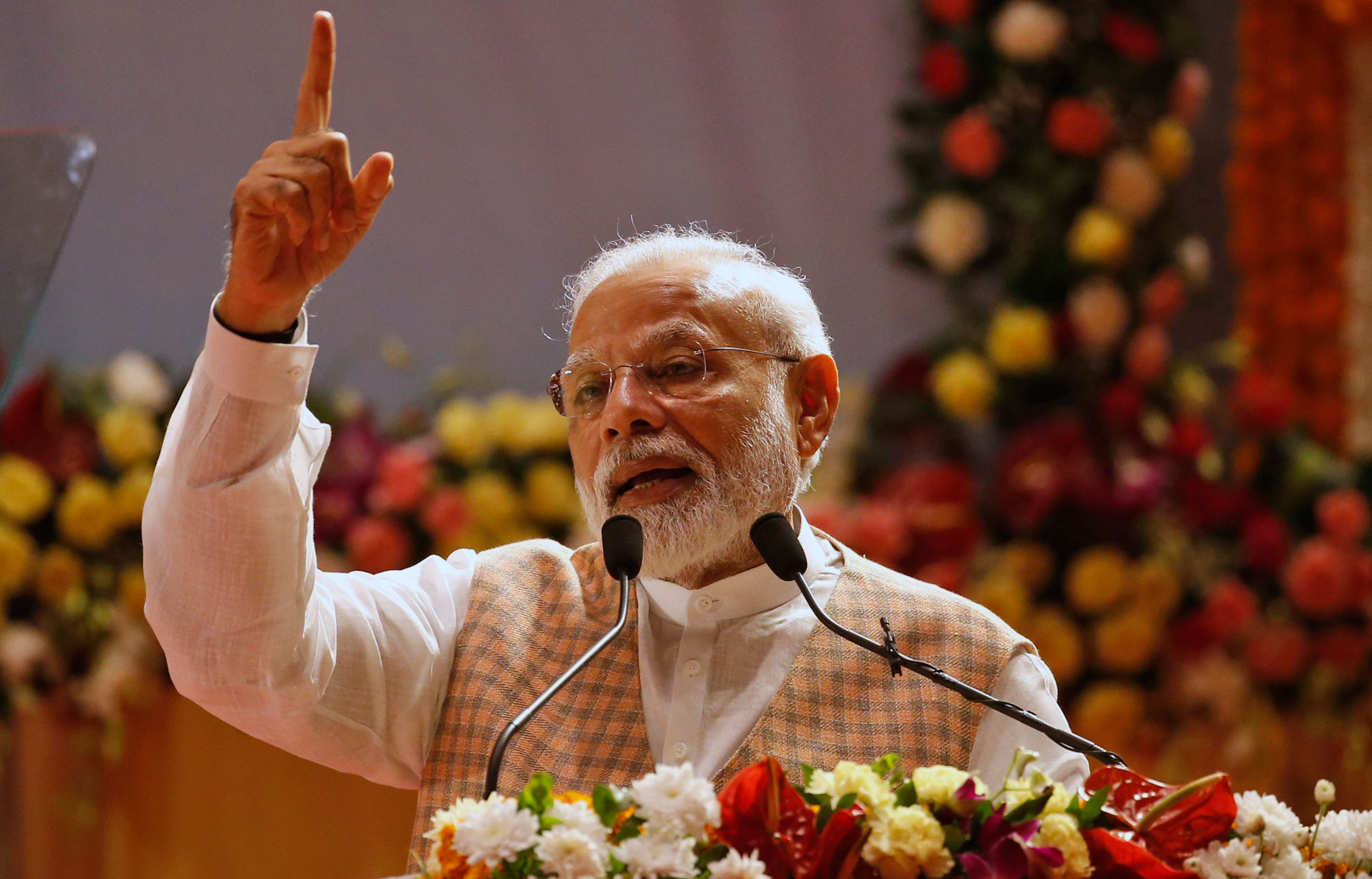When the special status of Jammu and Kashmir was revoked, much was heard from Prime Minister Narendra Modi about Article 370 being the stumbling block that stalled development in the then undivided state.
But the latest Sustainable Development Goal (SDG) India Index Report — brought out by the government-friendly Niti Aayog on Monday — shows the “Gujarat model” at the bottom on more indices than that of Jammu and Kashmir.
Jammu and Kashmir has been ranked “aspirant” — with the lowest score in the range of 0-49 — on four counts. Gujarat has been placed in that category on five indices.
On key social indices — no poverty, zero hunger, quality education, gender equality, sustainable consumption and production — Gujarat is at the bottom of the ladder while the undivided state of Jammu and Kashmir is among the performing states.
On gender equality, Jammu and Kashmir is among the top performing states — in a league of three, the other two being Himachal Pradesh and Kerala. Jammu and Kashmir outperforms the other two by a notch with a score of 53 while Himachal scored 52 and Kerala 51.
Where Jammu and Kashmir lags behind as an “aspirant” colour-coded red are on the development goals linked to decent work and economic growth; industry, innovation and infrastructure; reduced inequalities; and sustainable cities and communities.
Addressing the nation after the passage of the Jammu and Kashmir Reorganisation Bill by Parliament, Prime Minister Modi had said on August 8: “More than 1.5 crore people of Jammu and Kashmir were deprived of the benefits of laws that were enacted for the benefit of the people of India. Imagine children in rest of the country have a right to education while children in Jammu and Kashmir were deprived of this right.…”
What the Niti Aayog report shows is that barring urbanisation, industrialisation and infrastructure development, Jammu and Kashmir had essentially developed apace with the rest of the country even when it had the special status.










